Red-bellied Black Snake
- December 17, 2023
- 0 comment
The Red-bellied Black Snake (Pseudechis porphyriacus) is a distinctive and venomous snake native to eastern Australia. Characterised by its sleek black body with a glossy appearance, this species derives its name from the red or pinkish hue on its belly. Typically ranging from one to two meters in length, the Red-bellied Black Snake is known for its slender build and agile movements.
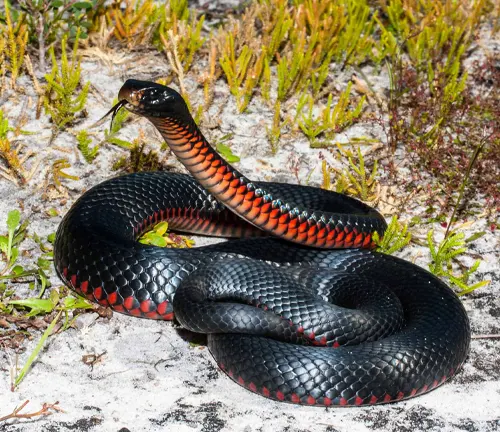
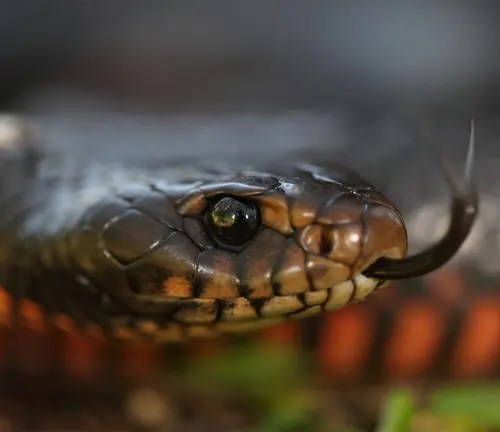
Despite its intimidating appearance, it is generally considered to be a shy and non-aggressive species. The snake’s habitat encompasses a variety of environments, including woodlands, swamps, and coastal regions. Its diet consists mainly of frogs, reptiles, and small mammals. While its venom can be potent, fatalities from Red-bellied Black Snake bites are rare, as the snake is known to deliver warning bites without injecting venom in most cases.
Despite their potentially dangerous nature, these snakes play a crucial role in maintaining ecological balance by controlling rodent populations. Conservation efforts focus on preserving their natural habitats and promoting coexistence with human communities.
| Characteristic | Description |
|---|---|
| Species Name | Pseudechis porphyriacus |
| Coloration | Glossy black with a red or pinkish underbelly |
| Size | Typically 1 to 2 meters in length |
| Build | Slender and agile |
| Habitat | Eastern Australia, including woodlands, swamps, and coastal regions |
| Behaviour | Generally shy and non-aggressive |
| Diet | Feeds on frogs, reptiles, and small mammals |
| Venom | Venomous, with the potential for potent bites |
| Venom Effects | Warning bites often without venom injection; fatalities rare |
| Ecological Role | Plays a crucial role in controlling rodent populations, contributing to ecological balance |
| Conservation Focus | Preservation of natural habitats, promoting coexistence with human communities |
Venomous or Not Venomous?
One of the first questions that come to mind when encountering the Red-bellied Black Snake is its venomous nature. While this species is indeed venomous, it is known for its relatively mild disposition. Often, the snake delivers warning bites without injecting venom, and fatalities from such encounters are rare. Understanding the nuances of its venomous capabilities contributes to a more informed and respectful coexistence.
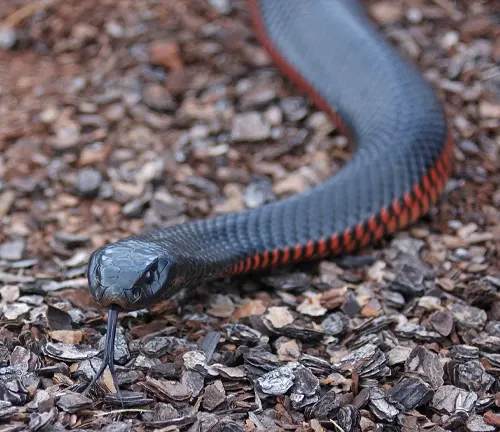
Ecological Importance
Delving into the ecological realm, the Red-bellied Black Snake assumes a vital role in maintaining balance within its ecosystem. As an adept predator, it helps control rodent populations, preventing unchecked growth that could have cascading effects on the local flora and fauna. Recognising the ecological importance of this species underscores the interconnected web of life in which it plays a significant part.

Habitat
The Red-bellied Black Snake is not confined to a singular habitat; rather, it thrives in diverse environments. From woodlands to swamps and coastal regions, this adaptable serpent showcases its ability to navigate and survive in various ecosystems. Understanding its habitat preferences enhances our appreciation for the snake’s resilience and ability to coexist in different landscapes.
Behaviour
Contrary to its formidable appearance, the Red-bellied Black Snake is known for its generally shy and non-aggressive behaviour. Unravelling the behavioural patterns of this species sheds light on its elusive nature and the importance of respectful observation from a distance. Learning about its behaviour fosters a deeper understanding of the snake’s role in the intricate dance of the natural world.
Art And Culture
Beyond its ecological significance, the Red-bellied Black Snake has woven its way into the tapestry of art and culture. Revered by indigenous communities for its symbolism and representation in traditional stories, this snake holds a place of significance in cultural narratives. Exploring the artistic and cultural connections adds layers to our understanding of the snake’s place in the human experience.
Survival
Survival in the wild demands a set of unique skills, and the Red-bellied Black Snake is equipped with adaptations that ensure its survival. From its sleek physique for efficient movement to its venomous capabilities as a defence mechanism, understanding the intricacies of its survival strategies unveils the marvel of nature’s design in crafting a species that has thrived for centuries.
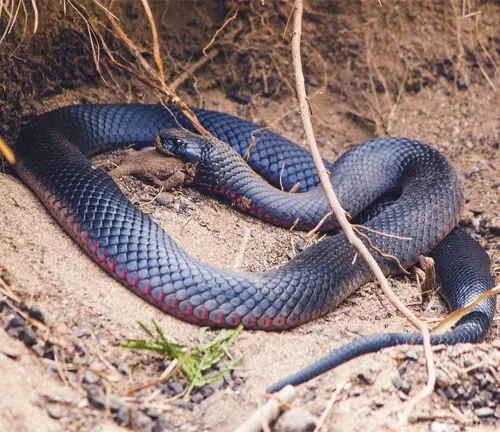
Conservation
Preserving the Red-bellied Black Snake’s natural habitat is paramount for its continued existence. Conservation efforts focus on maintaining the delicate balance of ecosystems where these snakes play a crucial role. Educating communities about the importance of coexistence and dispelling myths contribute to the broader conservation narrative aimed at safeguarding this species and its habitat.
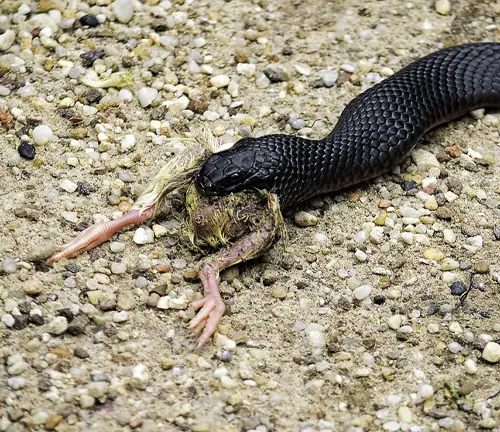
Common Food
Exploring the Red-bellied Black Snake’s diet reveals a menu that aligns with its ecological role. Frogs, reptiles, and small mammals form the bulk of its diet, showcasing a predator-prey dynamic that contributes to the health of its habitat. Understanding its feeding habits provides insight into the interconnected relationships within its ecosystem.
Benefits
Despite its venomous nature, the Red-bellied Black Snake offers tangible benefits to human communities. By controlling rodent populations, it indirectly aids in agriculture and reduces the prevalence of disease-carrying rodents. Recognising the ecological services provided by this species highlights the intricate ways in which nature’s inhabitants contribute to the well-being of ecosystems and, by extension, humans.
Different Species
Western Australian Black Snake
(Pseudechis colletti)
Found in Western Australia, this species shares the genus Pseudechis with the Red-bellied Black Snake but has its own unique characteristics.
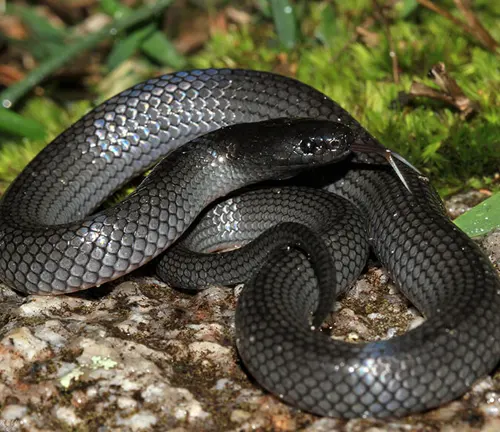
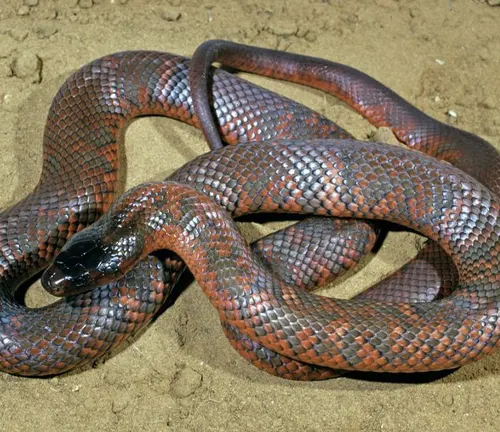
Collett’s Snake
(Pseudechis colletti)
Also known as Collett’s Snake, it is found in northern Australia and is a member of the Pseudechis genus.
Conclusion
In conclusion, the Red-bellied Black Snake emerges not only as a creature of botanical beauty but also as a key player in the intricate web of life. Its venomous nature, ecological importance, and cultural significance weave together to create a narrative that goes beyond initial impressions. As we strive to coexist with nature, understanding and appreciating the Red-bellied Black Snake enriches our connection to the diverse and wondrous world of wildlife.
Frequently Asked Questions (FAQs)
- Is the Red-bellied Black Snake venomous?
Yes, the Red-bellied Black Snake is venomous, but it is generally considered to be less aggressive than its appearance suggests. Fatalities from its bites are rare. - What is the habitat of the Red-bellied Black Snake?
The snake is found in various habitats, including woodlands, swamps, and coastal regions in eastern Australia. - How big do Red-bellied Black Snakes grow?
They typically range from one to two meters in length, with a slender and agile build. - What does the Red-bellied Black Snake eat?
Its diet consists mainly of frogs, reptiles, and small mammals, contributing to the control of rodent populations. - Is the Red-bellied Black Snake aggressive toward humans?
While it is venomous, the snake is generally shy and non-aggressive. It may deliver warning bites without injecting venom. - How do I identify a Red-bellied Black Snake?
Look for a glossy black snake with a distinctive red or pinkish hue on its belly. Its appearance is sleek, and it has a slender build. - What should I do if bitten by a Red-bellied Black Snake?
Seek immediate medical attention. Though fatalities are rare, it’s crucial to treat any snakebite seriously and get professional help. - Are there different species of Red-bellied Black Snake?
The term usually refers to Pseudechis porphyriacus, but there are other snake species with distinct names and characteristics. - What is the ecological importance of the Red-bellied Black Snake?
It plays a vital role in controlling rodent populations, helping maintain ecological balance in its habitat. - How can we contribute to the conservation of Red-bellied Black Snakes?
Supporting efforts to preserve their natural habitats, promoting coexistence, and dispelling myths about these snakes contribute to conservation.


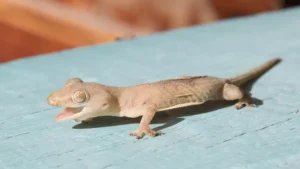
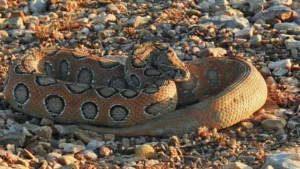
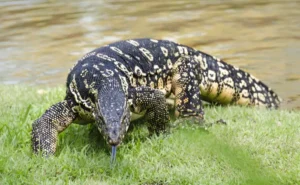
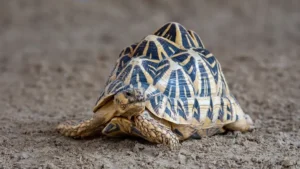
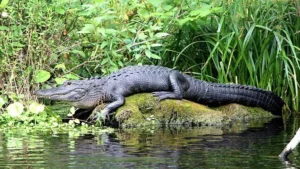

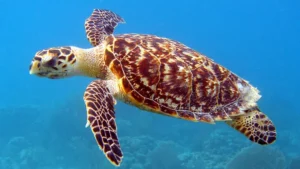
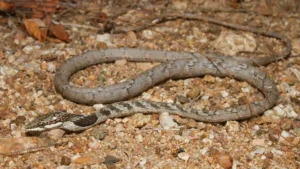

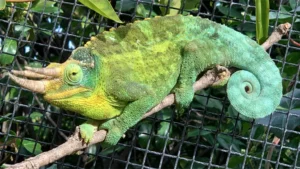


Leave your comment